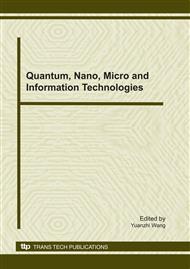p.67
p.73
p.79
p.85
p.91
p.97
p.103
p.107
p.111
An Integrated Multimedia Learning System for Reciprocating Internal Combustion Engines: RICEM
Abstract:
A cost-effective multimedia learning system, RICEM, for reciprocating internal combustion engines was proposed in this study. This system contained the graphical introduction of engine components, engine structure animation, thermal theory, feedback and assessment based on Mayer’s multimedia learning cognitive theory. Reciprocating internal combustion engines are used all over the world to drive compressors, pumps, electric generators, motor ships and other equipments. We used multimedia software to construct the learning system. An experiment comprising of two groups of 30 participants separately was conduct to test the effectiveness and showed that there was a significant difference between the pre-test and post-test score in the RICEM group, as compared with the control group. This study suggested that a collaborative application appeared to be promising in supporting effective learning of modern technology, by combining the integration of learning theory and multimedia design.
Info:
Periodical:
Pages:
91-96
Citation:
Online since:
November 2010
Authors:
Price:
Сopyright:
© 2011 Trans Tech Publications Ltd. All Rights Reserved
Share:
Citation:


